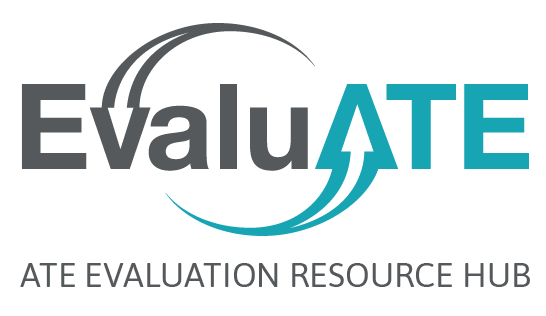
Values play an important role in evaluation. By values, I mean not just the value or merit of a project, but also the values of stakeholders. And an often-overlooked stakeholder is the evaluator themself.
Evaluators bring their own beliefs, attitudes, and assumptions to their work. While some encourage evaluators to be as objective as possible, others acknowledge that evaluators are inherently unable to remove all biases from their work.
If you are more inclined to agree with the latter, here’s an important way to be transparent about how your biases may influence the design, implementation, or interpretation of your evaluations: include a positionality statement in your evaluation report.
A positionality statement asks the evaluator to critically reflect on their identities, world view, and underlying assumptions in relation to the study’s social and political context. A positionality statement locates the evaluator in relation to the project implementers and participants. It sheds light on known and unknown lenses that might have influenced the evaluation.
For example, evaluator beliefs or experiences guide the development of evaluation questions, impact data collection instruments, and color the interpretation of evaluative data. Many constructivist-oriented thinkers consider these influences to be not necessarily bad and, in any case, inevitable. They encourage evaluators to name these potential lenses to increase the transparency of the evaluation.
Including positionality statements in evaluation reports is a relatively rare practice, but one that is gaining interest as our awareness of equity issues rises. If you are interested in writing a positionality statement, here are some questions to get you started:
- What is your personal identity in relation to the society and the evaluation topic? (e.g., gender, race, ethnicity, religion, socioeconomic status)
- What beliefs do you hold about evaluation and the evaluation process?
- What are your beliefs on the topic or context of the project?
- What is your connection to the participants of the evaluation?
- What else would be important for readers to know about you in relation to this evaluation?
There is no right or wrong way to write a positionality statement, as long as it helps readers understand the evaluator in relation to the evaluation. I would suggest one to two paragraphs located either in the evaluation background section or the methods section of an evaluation report.
Writing a positionality statement forces evaluators to be reflective and reflexive. Cohen and Crabtree (2006) write, “Reflexivity is an attitude of attending systematically to the context of knowledge construction, especially to the effect of the researcher, at every step of the research process.” Being reflexive is not an easy task. But it is an important one.

Except where noted, all content on this website is licensed under a Creative Commons Attribution-NonCommercial-ShareAlike 4.0 International License.





 EvaluATE is supported by the National Science Foundation under grant number 2332143. Any opinions, findings, and conclusions or recommendations expressed on this site are those of the authors and do not necessarily reflect the views of the National Science Foundation.
EvaluATE is supported by the National Science Foundation under grant number 2332143. Any opinions, findings, and conclusions or recommendations expressed on this site are those of the authors and do not necessarily reflect the views of the National Science Foundation.